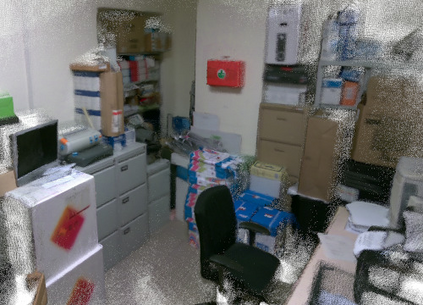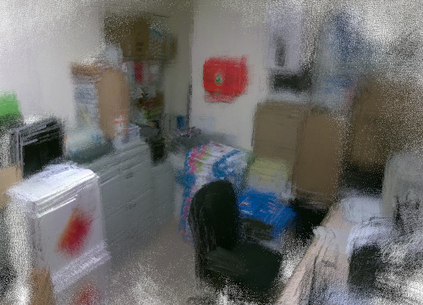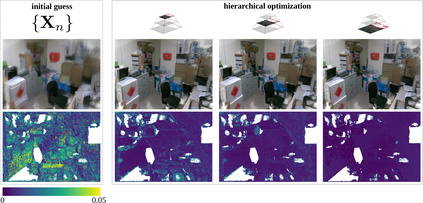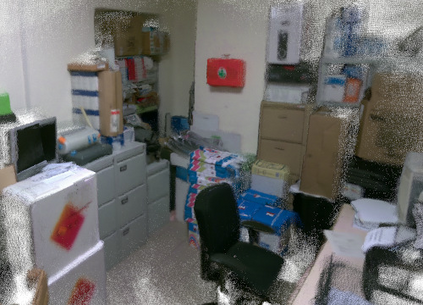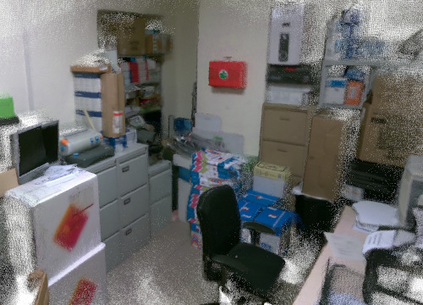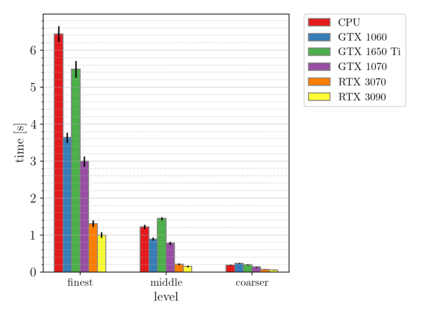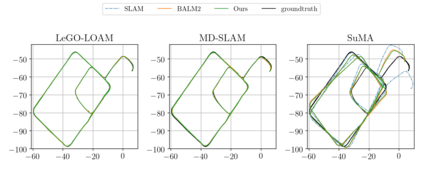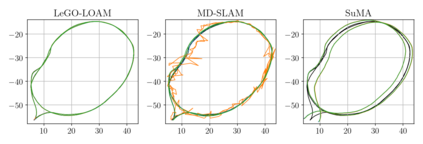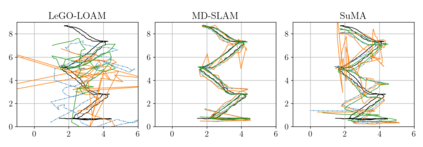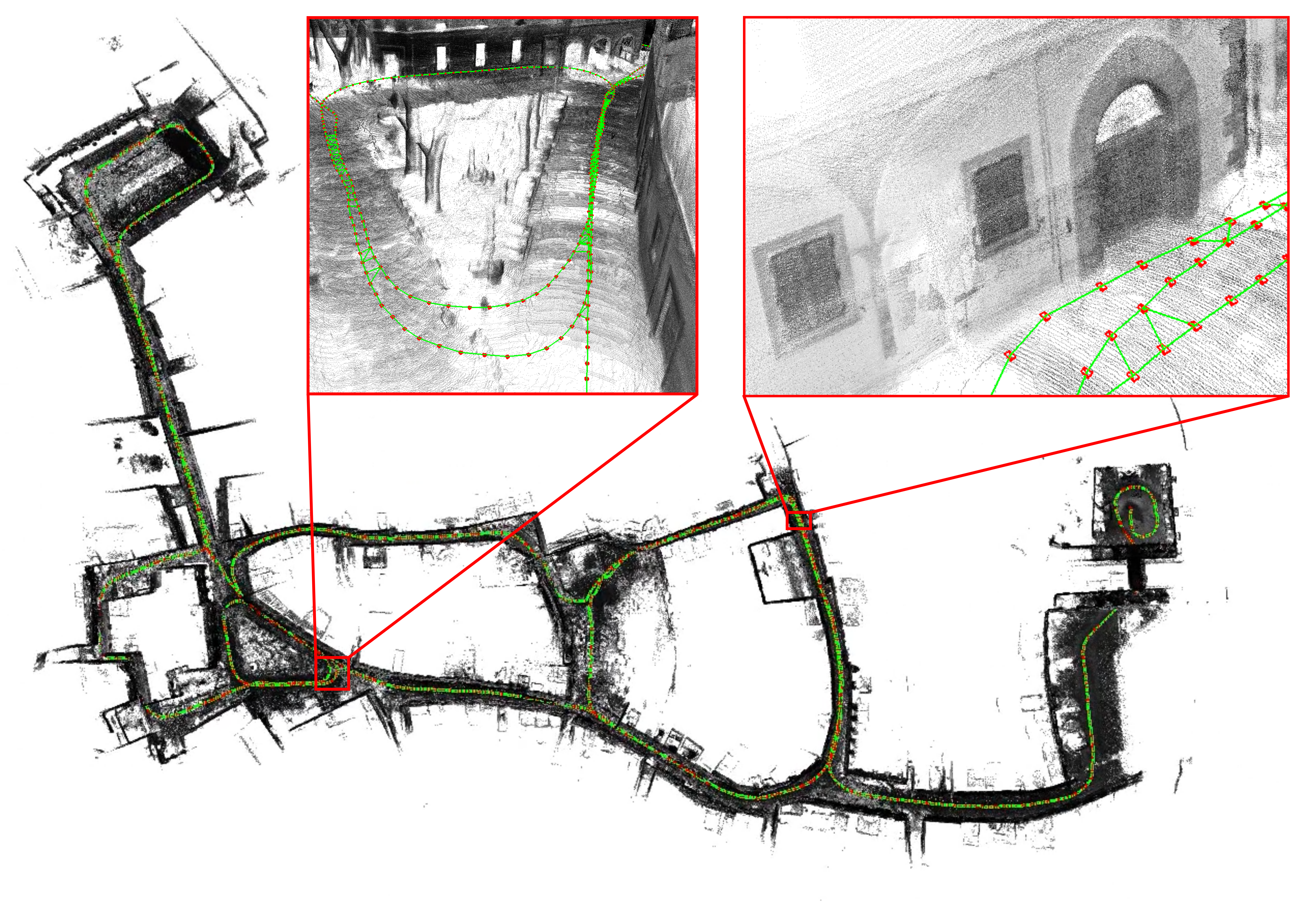The joint optimization of the sensor trajectory and 3D map is a crucial characteristic of Simultaneous Localization and Mapping (SLAM) systems. To achieve this, the gold standard is Bundle Adjustment (BA). Modern 3D LiDARs now retain higher resolutions that enable the creation of point cloud images resembling those taken by conventional cameras. Nevertheless, the typical effective global refinement techniques employed for RGB-D sensors are not widely applied to LiDARs. This paper presents a novel BA photometric strategy that accounts for both RGB-D and LiDAR in the same way. Our work can be used on top of any SLAM/GNSS estimate to improve and refine the initial trajectory. We conducted different experiments using these two depth sensors on public benchmarks. Our results show that our system performs on par or better compared to other state-of-the-art ad-hoc SLAM/BA strategies, free from data association and without making assumptions about the environment. In addition, we present the benefit of jointly using RGB-D and LiDAR within our unified method. We finally release an open-source CUDA/C++ implementation.
翻译:Translated abstract:
传感器轨迹和 3D 地图的联合优化是同时定位和地图构建系统的关键特征,而捆绑调整(BA)则是实现这一目标的黄金标准。现代 3D LiDAR 可以保留更高分辨率,使其创建的点云图像类似于传统相机拍摄的图像。然而,RGB-D 传感器通常采用的有效全局细化技术并不广泛应用于 LiDAR。本文提出了一种新的光度 BA 策略,可以同时考虑 RGB-D 和 LiDAR 的影响。我们的工作可以在 SLAM/GNSS 估计的基础上使用,以改进和细化初始轨迹。我们在公共基准测试中使用这两个深度传感器进行了不同的实验。我们的结果表明,我们的系统表现与其他最先进的 ad-hoc SLAM/BA 策略相当或更好,不需要进行数据关联,并且不对环境进行任何假设。此外,我们演示了联合使用 RGB-D 和 LiDAR 的优势,并发布了开源的 CUDA/C++ 实现。



